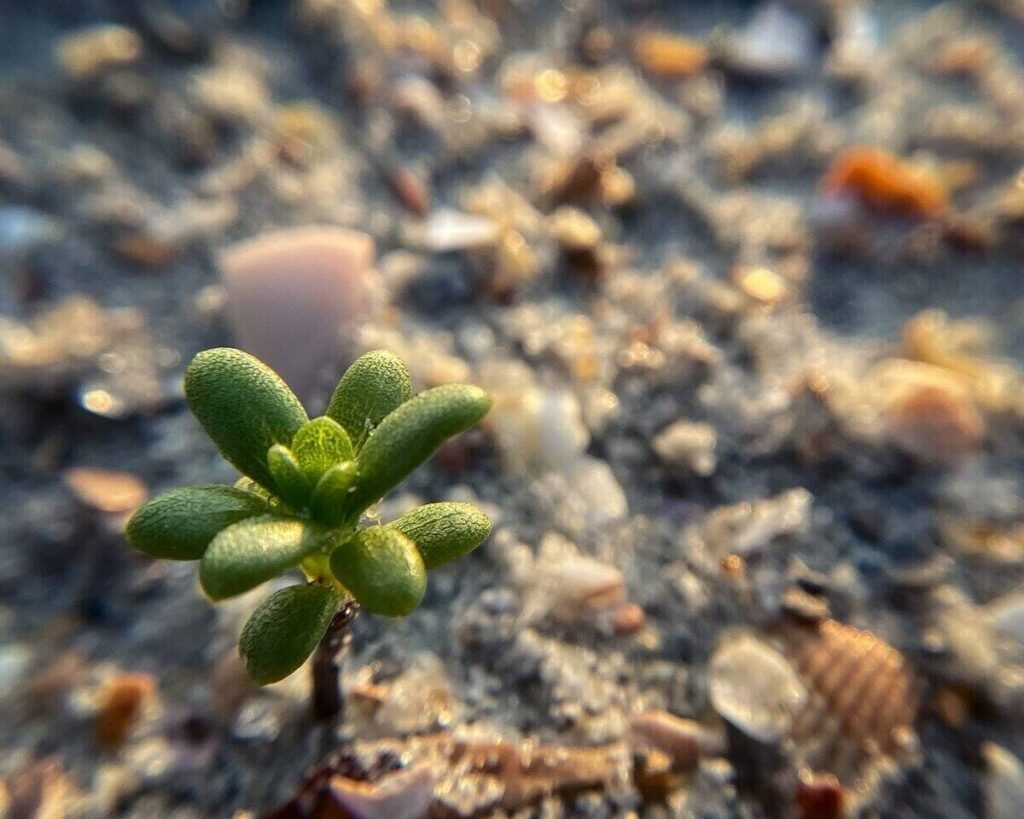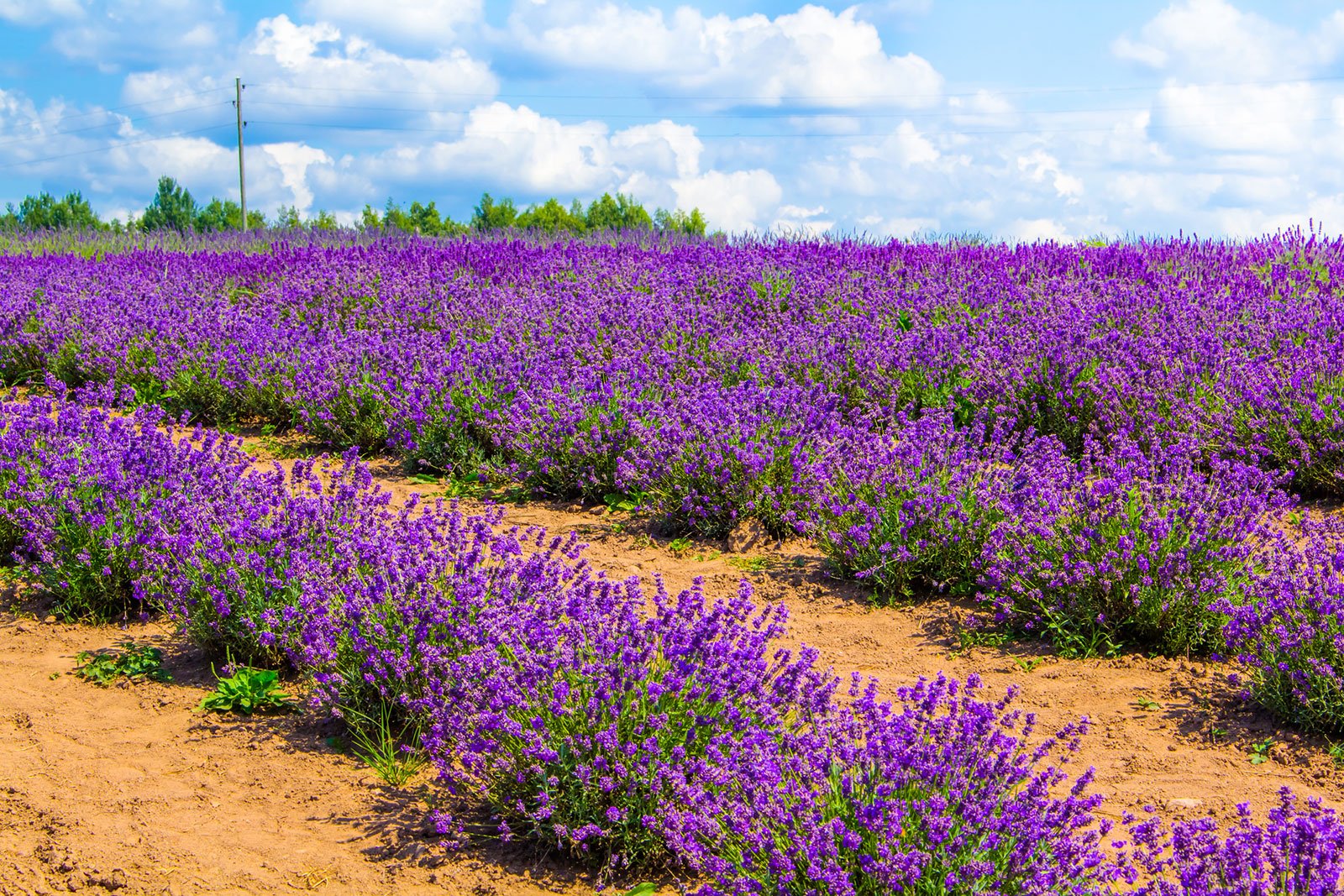How to Grow Plants in Sandy Soil
Growing plants in sandy soil presents unique challenges and opportunities. Here are effective strategies to cultivate thriving gardens and landscapes in sandy soil conditions.
Understanding Sandy Soil Characteristics
Sandy soil is characterized by its large particles and low nutrient content. It drains quickly, which can lead to challenges such as water retention and nutrient deficiency for plants. Understanding these characteristics is crucial for selecting suitable plant species and implementing appropriate cultivation techniques.

Amending Soil with Organic Matter
Improving sandy soil structure and fertility begins with adding organic matter such as compost, aged manure, or leaf mold. Organic matter enhances soil moisture retention, increases nutrient availability, and promotes beneficial microbial activity. Incorporating these amendments before planting and as topdressing during the growing season enriches the soil, providing essential nutrients for plant growth and resilience.
Selecting Plants Adapted to Sandy Soil
Choosing plants that thrive in sandy soil conditions is key to successful gardening. Native plants and those adapted to sandy environments typically have adaptations like deep root systems or drought tolerance. Examples include lavender, sedum, yarrow, and many ornamental grasses. Researching and selecting plants based on soil preferences, climate suitability, and desired aesthetics ensures optimal growth and minimal maintenance.
Mulching to Conserve Moisture and Insulate Roots
Applying a layer of organic mulch around plants helps retain soil moisture, regulate soil temperature, and suppress weed growth. Mulch materials such as wood chips, shredded leaves, or straw create a protective barrier that reduces water evaporation from sandy soil. Mulching also gradually enriches the soil as it decomposes, contributing to long-term soil health and plant vigor.
Watering Practices for Sandy Soil
Effective watering strategies are crucial for plants in sandy soil, which drains quickly and requires more frequent irrigation. Water deeply and infrequently to encourage deep root growth and drought tolerance. Use soaker hoses or drip irrigation systems to deliver water directly to the root zone and minimize water loss through evaporation. Monitor soil moisture levels regularly and adjust watering schedules based on weather conditions and plant needs.
Fertilizing Appropriately for Nutrient Needs
Sandy soil tends to have lower nutrient retention, requiring regular fertilization to support plant growth. Choose a balanced fertilizer or one specifically formulated for sandy soils to supplement essential nutrients like nitrogen, phosphorus, and potassium. Apply fertilizers according to plant requirements and soil test recommendations to avoid nutrient deficiencies or excesses, promoting healthy foliage, flowers, and fruit development.
Implementing Raised Beds or Containers
For particularly challenging sandy soil conditions, consider gardening in raised beds or containers filled with quality potting mix. Raised beds offer better control over soil quality, drainage, and fertility, allowing for optimal plant growth. Containers provide flexibility in plant selection and placement, making them ideal for growing vegetables, herbs, or ornamentals in areas with poor soil conditions.
Conclusion
Growing plants in sandy soil requires understanding its characteristics and implementing specific techniques to support plant health and vitality. By amending soil with organic matter, selecting suitable plants, mulching for moisture retention, adopting proper watering and fertilizing practices, and considering raised beds or containers, gardeners can cultivate flourishing gardens and landscapes in sandy soil environments.



